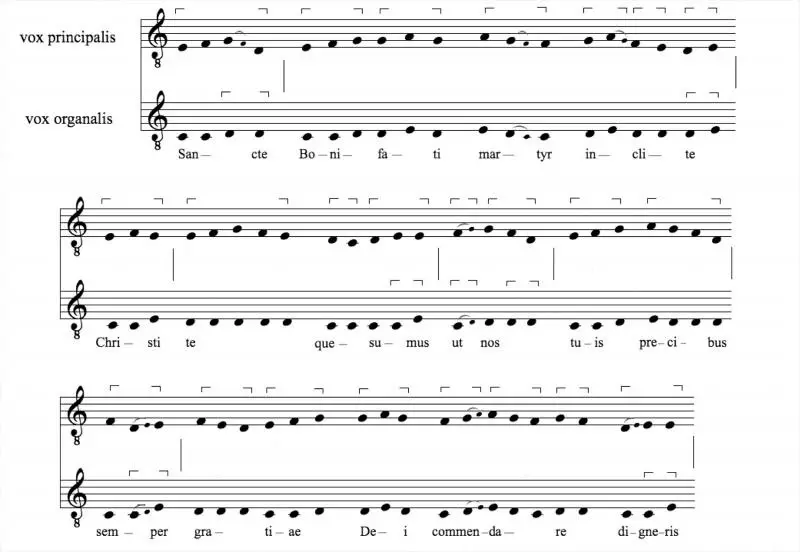

In contrast-thematic polyphony, the voices simultaneously introduce independent themes, which, in many instances, belong to various musical genres. The canon and the fugue are among the forms based on this principle. In imitative polyphony a single theme is developed by means of restatement or duplication in every voice.
#POLYPHONIC PRONUNCIATION PROFESSIONAL#
This type of polyphony is characteristic of some folk-song cultures (for example, Russian folk music), from which it has been borrowed by professional composers. In pod-golosochnaia (supporting-voice) polyphony, a principal melody is heard simultaneously with its variants, or podgoloski. There are a number of types of polyphony, classified according to the melodic and thematic content of the voices. Polyphony takes shape through the joining of independent, linear melodic voices that are extensively developed in a composition. It is accompanied by other voices that sound together as chords, heightening the expressiveness of the melody. Unlike polyphony, homophonic or harmonic many-voiced music is dominated by a single voice, usually the upper voice, which is called the melody. (“Counterpoint” is a term related to polyphony.) In polyphonic music, the voices are combined in accordance with the principles of harmony, which ensure a coordinated sound. See counterpoint.Ī type of many-voiced music, the fundamental characteristic of which is the equal importance of the voices constituting the texture. there was renewed interest in polyphonic aspects of musical texture and structure. Homophonic texture is more characteristic of the music of the classical and romantic eras, but in the 20th cent. The gradual ascendancy of harmonic relationships over melodic considerations and the resultant development of major and minor tonalities led in the baroque era to a polyphony controlled by harmony.

In the music of this period, harmonies seem to be generated by the melodic lines sung simultaneously. This practice, first described in the Musica enchiriadis (late 9th cent.), developed into freer forms of countermelody, culminating in the great age of polyphony in the 15th and 16th cent.

Polyphony grew out of the practice of organum, in which a plainsong melody is paralleled by another melody at the interval of a fourth or a fifth. Contrasting terms are homophony, wherein one part dominates while the others form a basically chordal accompaniment, and monophony, wherein there is but a single melodic line (e.g., plainsong). The lines are independent but sound together harmonically. Moreover, the amplitude of the late positive shift (LPS) showed a significant correlation with the behavioral response accuracies, demonstrating that the LPS component reveals the demand of cognitive resources for monitoring and resolving semantic conflicts when integrating the audio-visual information.Īudio-visual semantic integration ERPs N400 Polyphone Sentence context.Polyphony (pəlĭfˈənē), music whose texture is formed by the interweaving of several melodic lines. Interestingly, because the phonological information mediated access to the lexical semantics, the amplitude and latency of the N400 component changed linearly across conditions, which may reflect the gradually increased semantic mismatch in the four conditions when integrating the auditory pronunciation with the visual information. The ERP results showed that in the early stage, abnormal pronunciations were represented by the amplitude of the P200 component. The behavioral results demonstrated significant differences in response accuracies when judging the semantic meanings of the audio-visual sentences, which reflected the different demands on cognitive resources.

Four experimental conditions were set in which the visual presentations were the same, but the pronunciations of the polyphones were: the correct pronunciation another pronunciation of the polyphone a semantically appropriate pronunciation but not the pronunciation of the polyphone or a semantically inappropriate pronunciation but also not the pronunciation of the polyphone. Sentences ending with polyphones were presented to subjects simultaneously in both an auditory and a visual modality. Here, we aimed to reveal the cognitive processing of audio-visual information integration of polyphones in a sentence context using the event-related potential (ERP) method. In the Chinese language, a polyphone is a kind of special character that has more than one pronunciation, with each pronunciation corresponding to a different meaning.


 0 kommentar(er)
0 kommentar(er)
